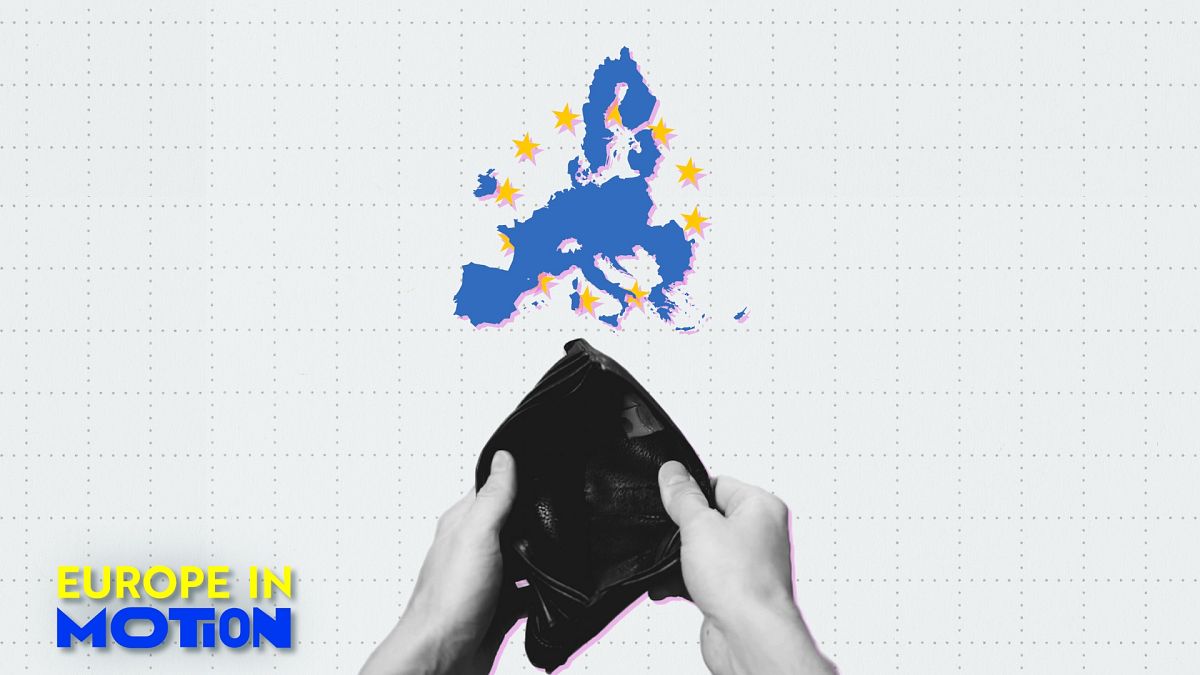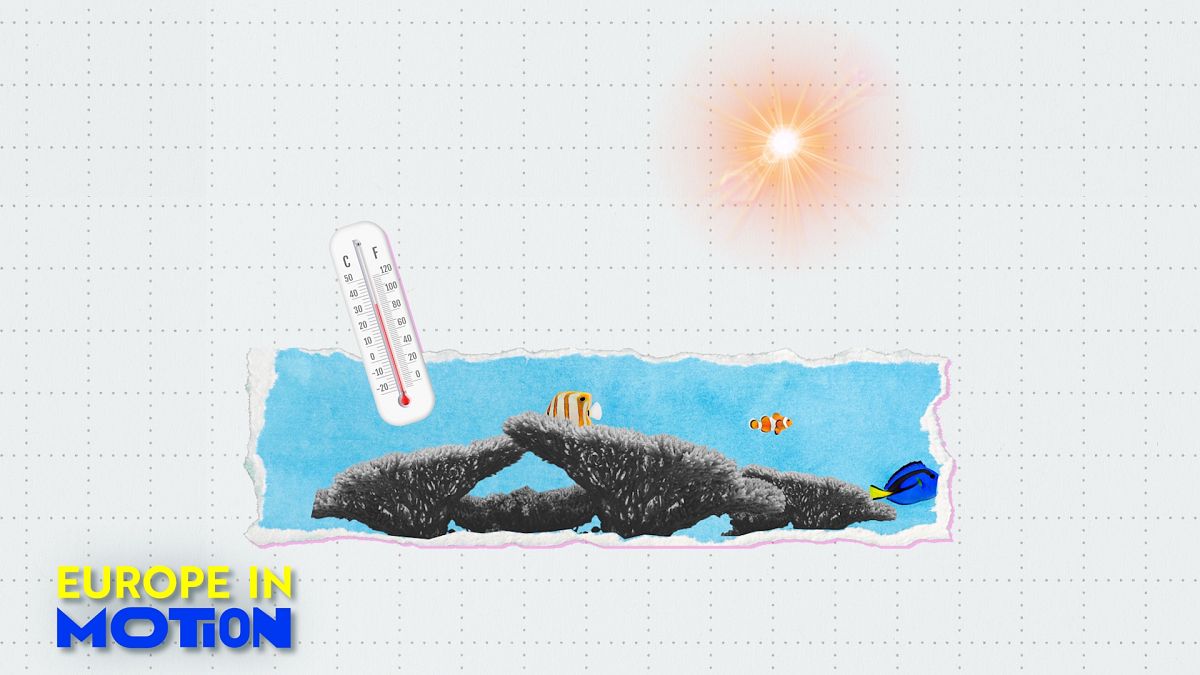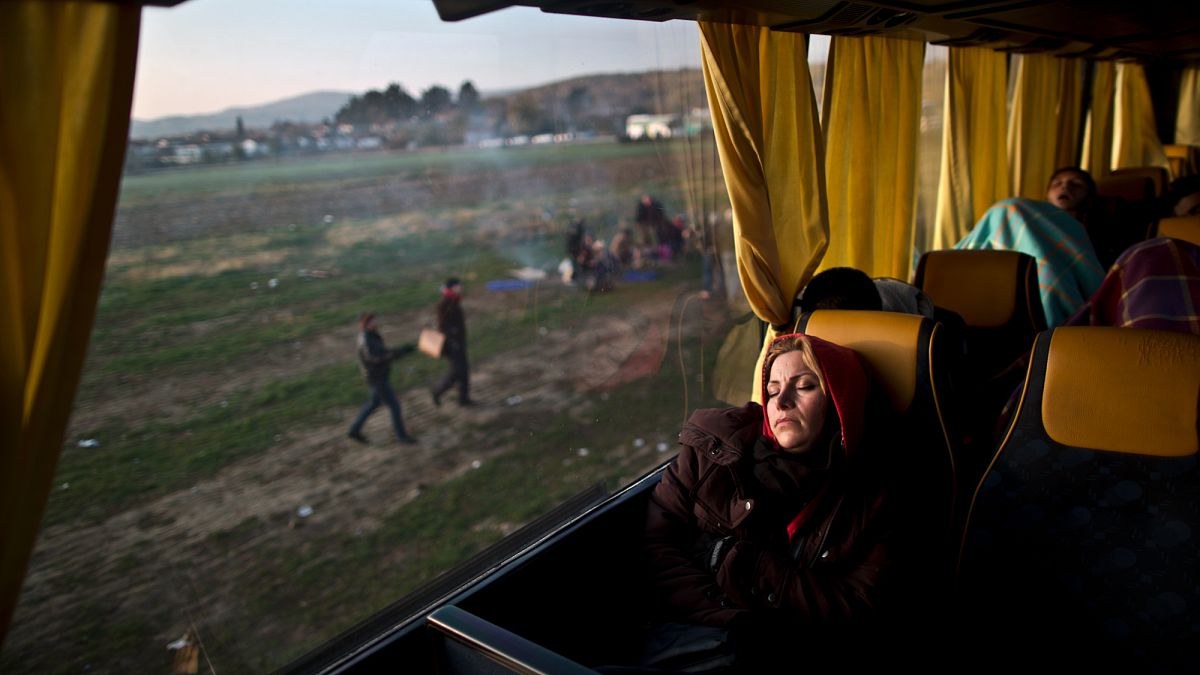Over one in five people in the European Union was at risk of poverty or social exclusion in 2024, according to the latest Eurostat figures.
Despite a slight decrease of 0.4 percentage points compared to 2023, experts claim that this improvement cannot be revered.
“We can’t celebrate a small decrease of 0.4 percentage points of people at risk of poverty or social exclusion when what we see is more people living on the streets, longer lines for food and growing need for social aid,” the European Anti-Poverty Network (EAPN) wrote in a statement.
Bulgaria (30.3%), Romania (27.9%), and Greece (26.9%) reported the highest shares of people at risk of poverty or social exclusion.
France has also registered worrying numbers, with the poverty rate here reaching its highest level since 1996. It rose from 14.4% in 2022 to 15.4% in 2023, according to France’s statistics bureau, the National Institute of Statistics and Economic Studies (INSEE).
This rise particularly affected single-parent families and children, while pensioners were less affected.
At the EU level, more than one in five people living in households with dependent children were at a slightly higher risk of poverty or social exclusion than those without.
30.8% of Bulgarians living in households with dependent children are at risk of poverty or social exclusion.
This is followed by 30.4% of Romanians and 30.2% of Spanish people.
By contrast, the lowest rates were seen in the Netherlands at 13%, in Cyprus at 12.7%, and in Slovenia at 9.8%.
Meanwhile, 32.3% of Latvians living in households without dependent children were also at risk. This is followed by 29.9% of Estonians and 29.8% of Bulgarians.
In Italy, living conditions vary depending on nationality.
In 2023, 30.4% of families with at least one foreign citizen were reported at risk of poverty, while this figure was much lower, at 6.3%, for families composed entirely of Italians.
Women, young adults aged between 18 and 24, people with a low level of educational attainment and unemployed people were also, on average, more likely to be at risk of poverty or social exclusion in 2024 than other groups within the EU population.
For instance, in Cyprus, 18.5% of women were at risk of poverty or social exclusion compared to 15.6% of men.
“These figures reflect how systemic inequalities affect people at key life stages: women often carry unpaid care burdens, while young people struggle to access stable jobs and housing,” the EAPN stated.













